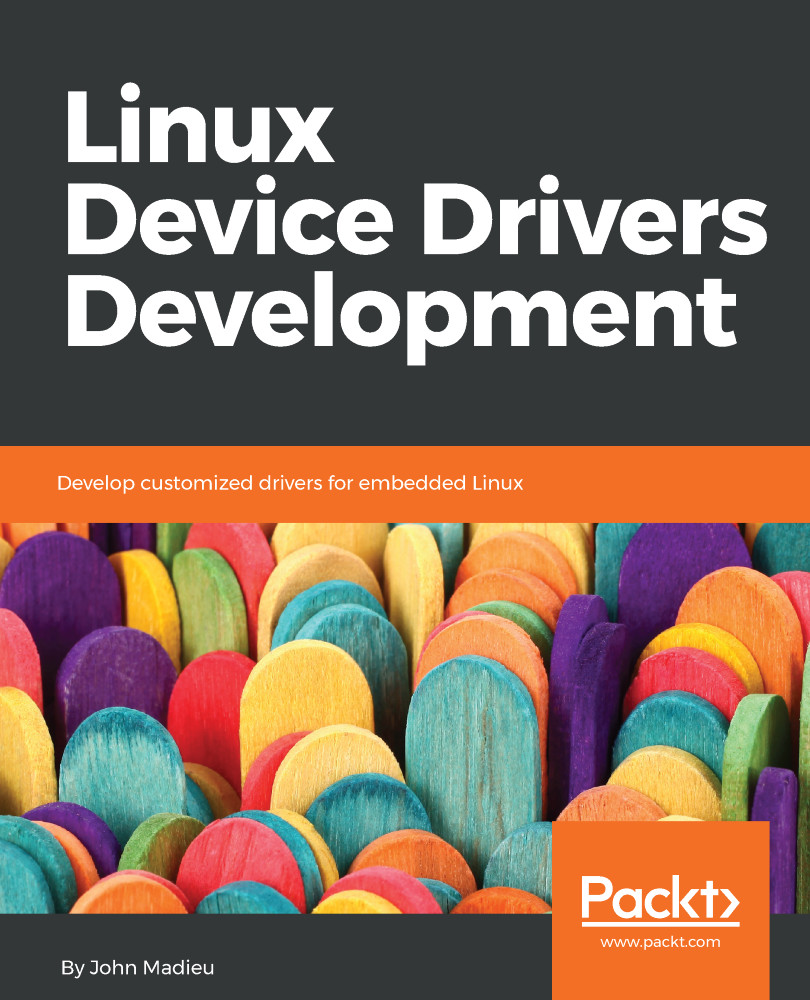Chapter 13. The Linux Device Model
Until version 2.5, the kernel had no way to describe and manage objects, and code reusability was not as enhanced as it is now. In other words, there was no device topology nor organization. There was no information on subsystem relationships, nor on how the system is put together. Then came the Linux Device Model (LDM), which introduced the following:
- The concept of class, to group devices of the same type or devices that expose the same functionalities (for example, mice and keyboards are both input devices).
- Communication with the user space through a virtual filesystem called
sysfs, in order to let the user space manage and enumerate devices and the properties they expose. - Management of the object life cycle, using reference counting (heavily used in managed resources).
- Power management in order to handle the order in which devices should shut down.
- Code reusability. Classes and frameworks expose interfaces, behaving like a contract that any driver that...

































































